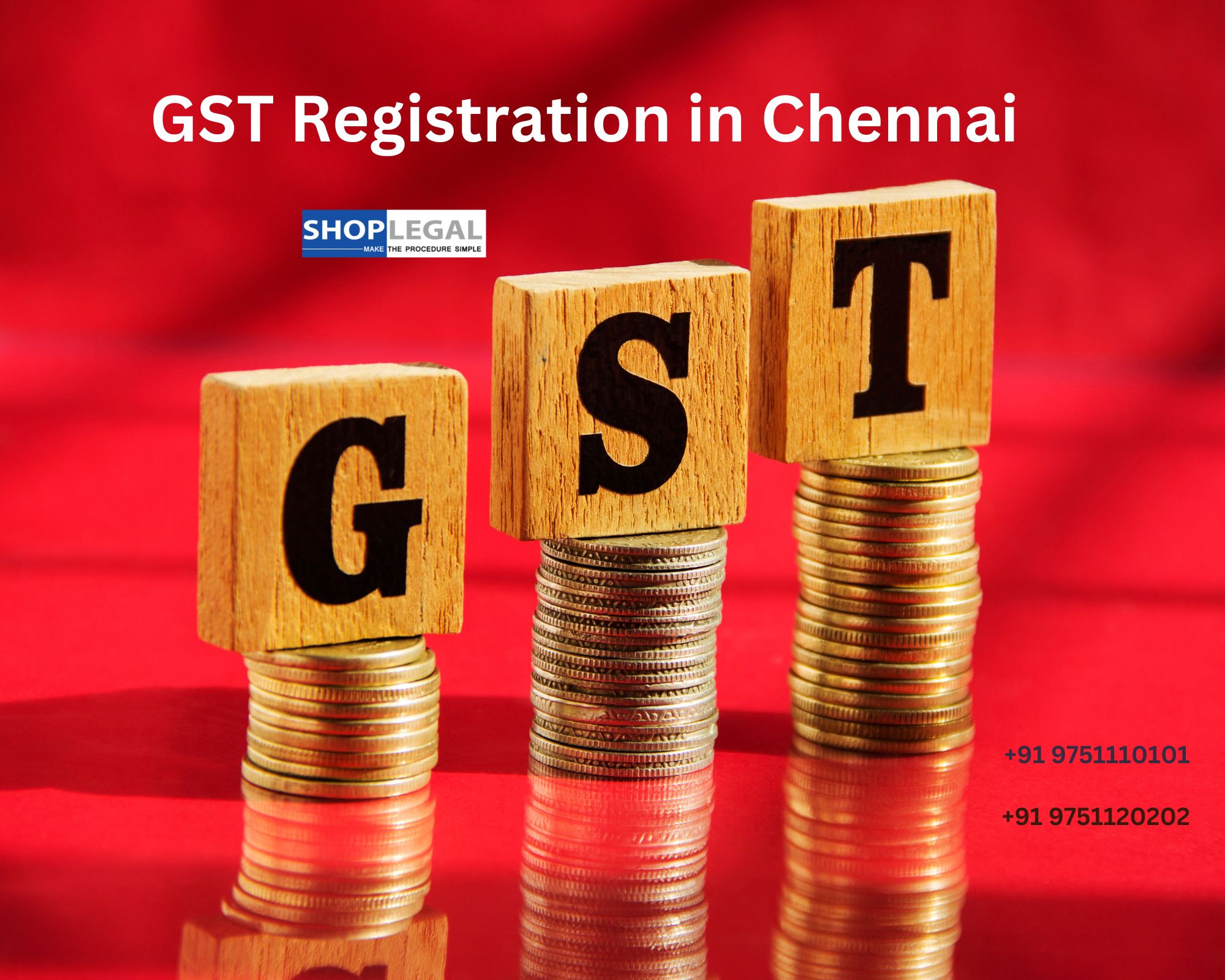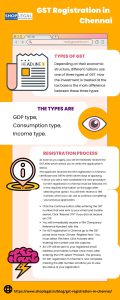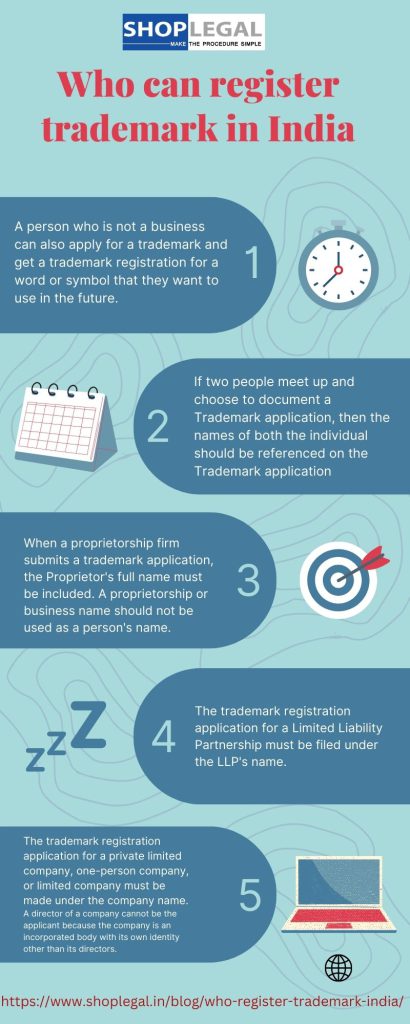GST Registration in Chennai
TALK TO EXPERTS
Since the introduction of GST which can have gst registration in chennai had introduced in India in July 2017, business owners, customers, and market experts have had varying opinions about it. What is the GST and how has it affected Indian companies? Find out more by reading.
When it was first proposed in 2000, the Goods and Services Tax (GST) had one goal: one country, one tax. On July 1, 2017, it was finally implemented in India. It came with a lot of promises for the country’s economy and business growth.
- The claims that it will simplify the tax system for Indian businesses, reduce prices, curb inflation, and mitigate corruption are among the first points of focus for the general public.
- Eradicating inter- and intrastate taxes, both hidden and indirect.
When GST started?
Since its inception, GST that can have GST registration in Chennai has spread to more than 160 nations, including Asian and European Union nations.
In 1950, France implemented GST for the first time. It was only implemented to stop tax evasion.
It is also known as the Value Added Tax (VAT) in some countries.
Types of GST
Depending on their economic structure, different nations use one of three types of GST. How the investment is treated at the tax base is the main difference between these three types. Any type of GST can have GST registration in Chennai.
GDP Type GST
There is no deduction for capital expenditures and capital depreciation. This is as good as the capital and consumer goods sales taxes. This type has adopted by China, Senegal, Morocco, and Finland.
Consumption Type GST
On the year of purchase, the value added is subtracted from the capital investment. The consumer goods sales tax is comparable to this. This type has been adopted by the majority of nations.
Income Type GST
Capital depreciation is exempt from the Domestic Product tax. Peru, Turkey, and Argentina have all implemented this kind of GST.
Single & Dual GST
In addition, the GST can be a dual GST system, in which the central and state governments collect taxes separately, or a single unified GST system, in which a single tax applies to the entire country.
Canada, India, and Brazil are among the nations that have implemented the Dual GST system.
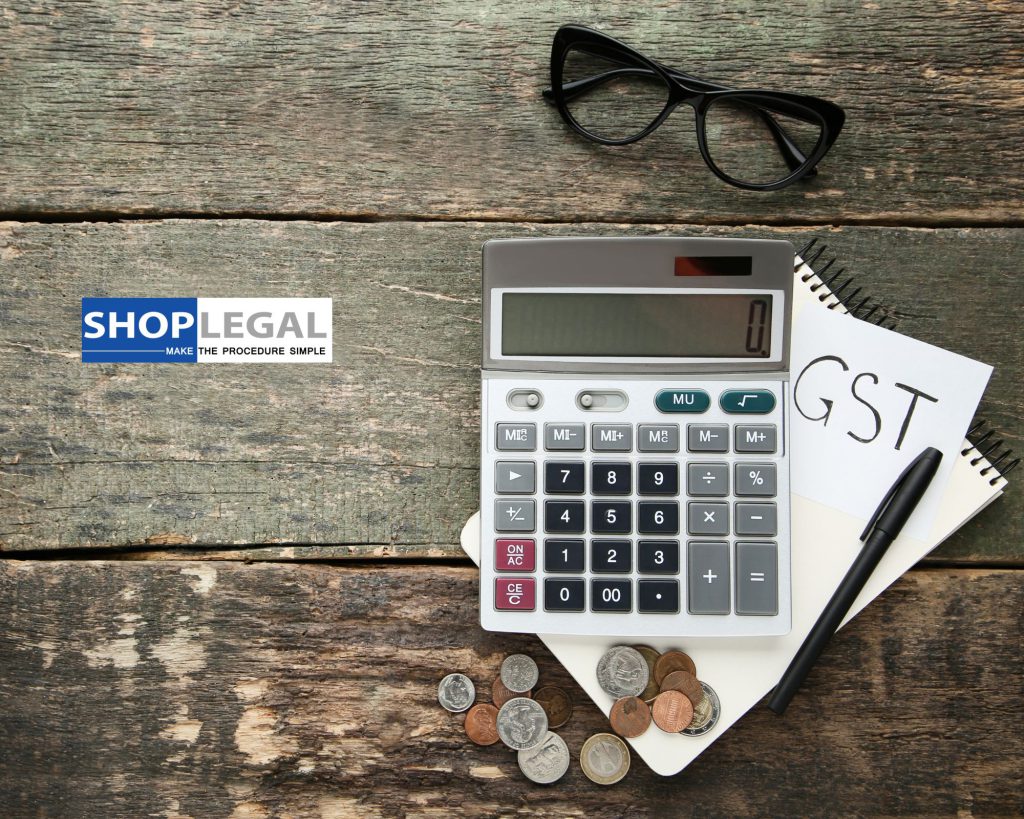
GST in India
- The Dual GST, which allows the central government and the states to jointly levy taxes, was implemented in July 2017 after extensive research, reforms, and consideration.
- As a result, taxpayers would currently only be required to pay two taxes: CGST (centrally-charged GST) and SGST (state-charged GST).
- Interstate trade would be subject to IGST.
GST can have GST registration in Chennai at an affordable cost.
Working of GST
In India, GST was first proposed in 2000 to take advantage of the following reforms:
- Transparency in business,
- The mitigation of the cascading effect of taxes,
- And the elimination of corruption and tax evasion,
- Reduction of prices, which in turn leads to an increase in consumption,
- Also reduction in inflation, and the expansion of foreign direct investment (FDI).
The GST can have GST registration in Chennai with a team of experts.
Before & After GST
The tax that customers pay for the goods and services they purchase is indirect tax. Before the implementation of the GST, the central and state governments imposed a variety of taxes at various stages, including the central government.
- Custom Duty on Central Excise Duty imposed by the Central Government on Imports and Exports on production and manufacturing,
- The state’s Central Sales Tax on the Central Government’s Service Tax on Interstate Sales on the State Government’s Taxable Service
- VAT on state-wide sales, among other things.
- The main difference between the system of GST that has GST registration in Chennai and other tax systems was that taxpayers had to pay tax on tax that had a cascading effect, raising the final price of the product for the customer.
- The first action that the GST which can have GST registration in Chennai takes is to combine all of these taxes into a single tax.
- However, India’s two-tier GST still includes the CGST and SGST, which are separate taxes imposed by the central and state governments.
- Even then, the procedure is much simpler than before for GST registration in Chennai.
- The tax-on-tax procedure, in which the amount of tax imposed at earlier stages of the value chain is subtracted from subsequent stages, is eliminated by GST.
- By the time it reaches the customer, it significantly lessens the tax burden.
GST registration in Chennai
The process of GST registration in Chennai is entirely online through the GST portal. We are here to assist you throughout the process if you encounter any difficulties.
As soon as you apply, you will immediately receive the GST ARN, which allows you to verify the application’s status.
The applicant receives the GST registration in Chennai certificate and GSTIN within seven days of applying.
- Since you are a new candidate, the new procedure for GST registration in Chennai must be followed. Fill in the required information on the page after selecting that option. You will then receive a TRN number, which you can use to continue completing your previous application.
- You must provide information here, such as whether you are a taxpayer, your state, district, business name, PAN, email address, and mobile phone number. Finally, select the “Proceed” option.
- Click the Continue button after entering the OPT number that was sent to your email and mobile device. Click “Resend OTP” if you did not receive an OTP.
- You will immediately receive a TRN (Temporary Reference Number) with this. This number will also appear on your mobile phone and email. Take note of this number because it will assist you in continuing the process for GST registration in Chennai.
- For GST registration in Chennai go to the GST portal once more. Choose “Register Now.” You must select TRN here. Click Proceed after entering the number and the captcha.
- An OTP will be sent to your registered email address and mobile number once more. After entering the OTP, select “Proceed.”
- Your application status will now be displayed as drafts. To proceed with the application’s processing, select Edit Icon.
- Part B, which has ten sections, comes next. Complete the required information and attach the necessary documents. Photographs, the taxpayer’s constitution, evidence of the business location, and information about the bank account. And an authorization form is among the documents for GST registration in Chennai.
- Visit the verification page after entering all of the information. Now, tick the declaration box and use DSC (for businesses), e-Sign (where an OTP will be sent to the Aadhaar registered number), or EVC (where an OTP will be sent to the registered number) to submit the application for the GST registration process in India.
- A message of success will be displayed, and an ARN (Application Reference Number) will be sent to your registered email and mobile phone.
- The process for GST registration in Chennai is now complete. Entering the ARN number will allow you to view the status of your application.
Latest News on GST

On Tuesday, PMK founder S. Ramadoss demanded that the Goods and Services Tax (GST) system be overhauled.
He suggested that essential goods used by the poor should be exempt from the GST and that goods used by the rich should have their GST increased to prevent it from becoming a boon to the rich and a curse to the poor.
Dr. Ramadoss said in a statement that the idea that the GST which has GST registration in Chennai was necessary for the country’s development was false. Despite being the richest nation in the world, the United States does not have GST or “one country, one tax.” He said that, “Their economy continues to expand.”
Also He stated that an Oxfam report that was recently released on the first day of the World Economic Forum event in Davos, Switzerland, on Tuesday stated that the GST that can have GST registration in Chennai, which was implemented for the nation’s development and to increase tax revenues, had crushed the poor and middle classes, corroborating the claim that it is against their interests.
He said, “The Oxfam report has n prepared based on research from the Centre’s documents and reports from other international organizations has proved that the GST has increased economic inequality with data.”
Contribution
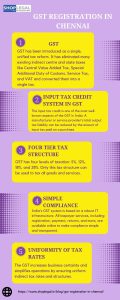
According to Dr Ramadoss, the poor, who make up more than half of the Indian population, contributed 64% (or 9.50 lakh crore rupees) of the GST’s total revenue of 14.83 lakh crore rupees.
“The middle class, which accounts for forty per cent of the population, has contributed approximately Rs. 4.90 lakh crore. Only 3% (or $44,000 crore) of the population, which includes only 10% of the wealthy, has contributed. In India, products used by the wealthy have n more heavily than those used by the poor.
Products used by the poor are subject to much higher taxes than the population;
The middle-class population experiences similar taxes on goods and services as the middle class;
However, only a third of the rich’s population pays taxes on luxury goods. He stated, “The data demonstrate that the tax system in India is unequal.”
About Us
We Shoplegal the best Legal Service Providers are diligent in doing GST registration in Chennai and other major parts of India. We do ROC, IPR, GST, IT filing and other accounts-related services.






